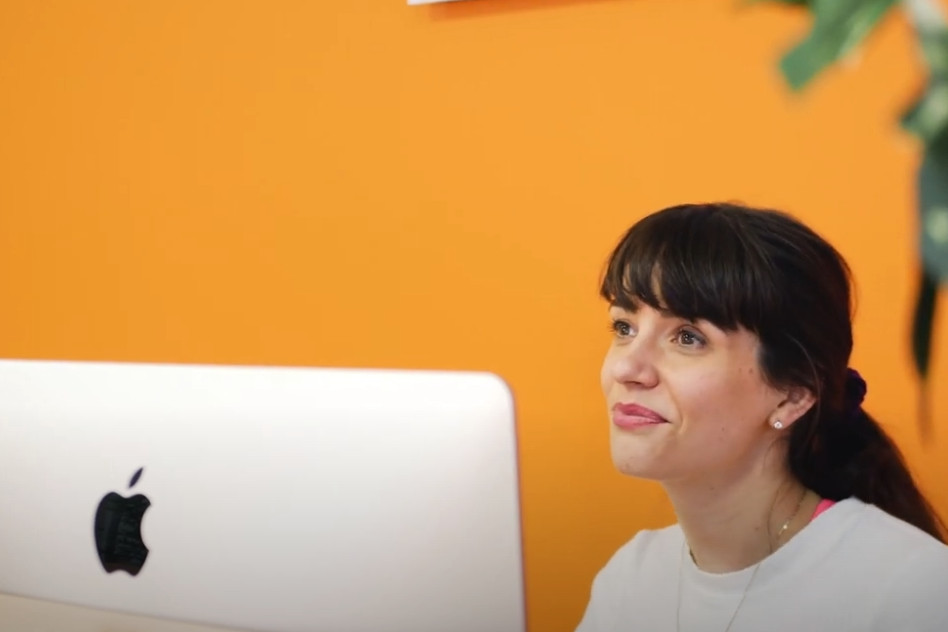Spinal Cord Injuries
Spinal Cord Injuries (SCIs) can greatly impact a person’s quality of life and ability to carry out everyday tasks.
Depending on the severity, SCIs may result in complete or partial paralysis, loss of sensation, spasticity, contractures, and a range of other complications.
These injuries can affect both the upper and lower limbs, and in some cases, bladder, bowel control, and blood pressure regulation. Each case is unique, with no two spinal cord injuries presenting exactly the same way.
For individuals with lower limb paralysis, walking or ambulating becomes difficult, while those with upper limb paralysis may face challenges with motor skills. In some cases, the effects are minimal, but in others, they may reduce the patient’s quality of life.
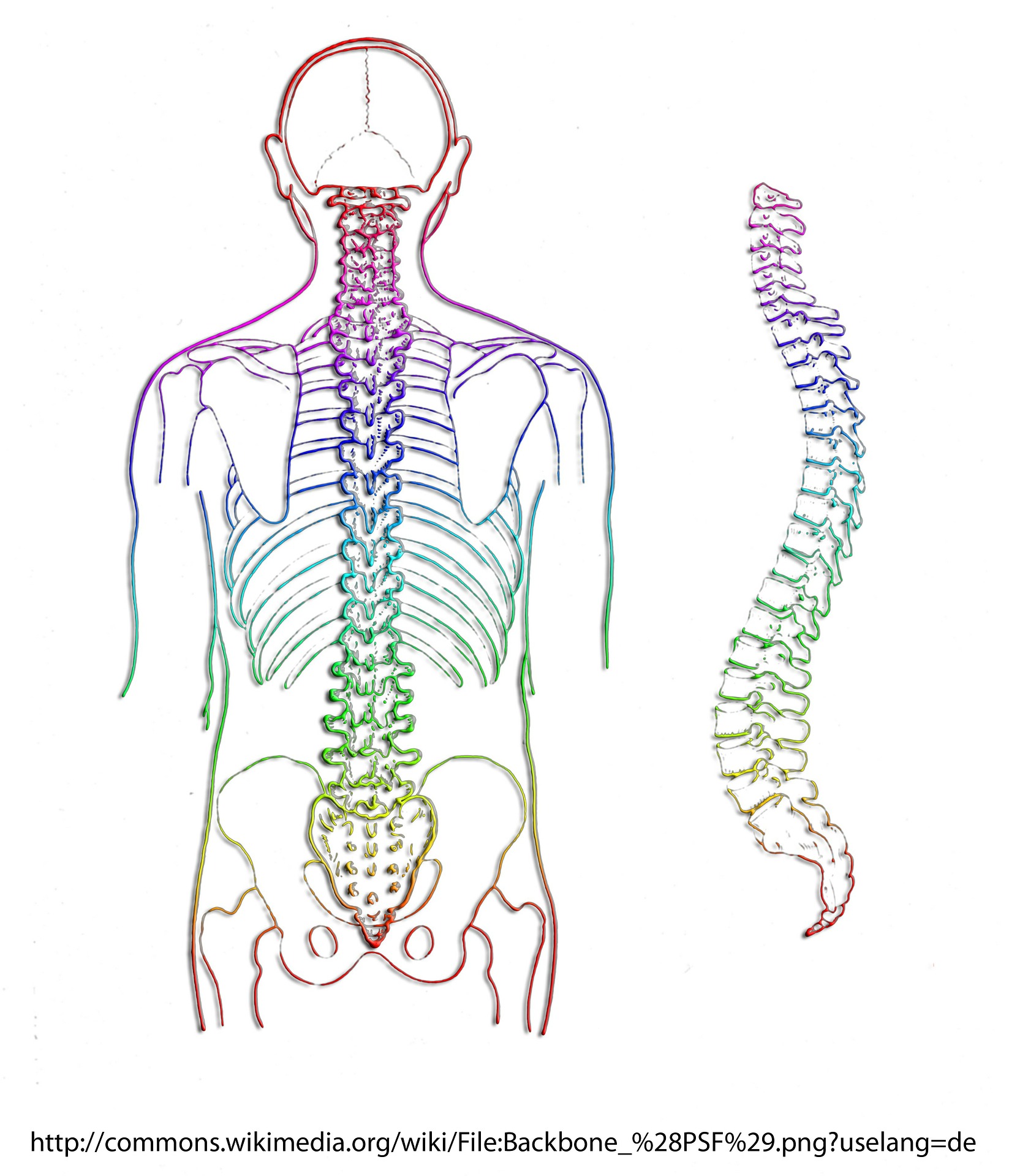
Common Orthoses for Spinal Cord Injuries
Orthoses are prescribed based on the specific needs of the patient.
- For individuals with foot weakness or collapsing arches, foot orthotics can provide crucial support.
- If weakness occurs below the knee, Ankle-Foot Orthoses (AFOs) are commonly used,
- Whereas those with instability above the knee might benefit from a Knee-Ankle-Foot orthosis (KAFO).
- For those who have experienced long periods of immobility and developed contractures, positioning braces are often prescribed to prevent further joint deformity.
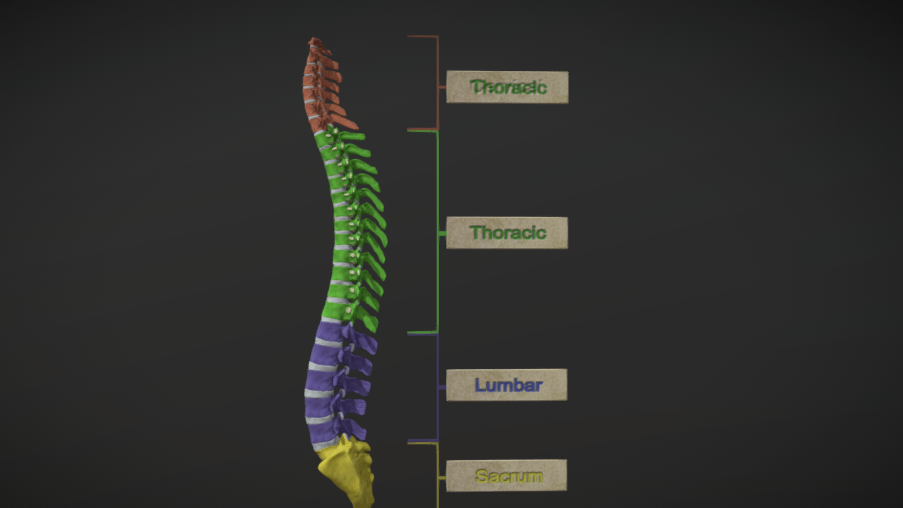
Spinal Care at Orthotics Plus
Orthotics Plus can become involved during any phase of the patient’s spinal cord injury journey.
We assist commonly in the hospital and inpatient setting, to enable more effective rehabilitation and prevention of contracture and safer ambulation or movement.
We also become involved in patient care after the acute phase of a spinal cord injury, following discharge from hospital or rehabilitation.
Orthotics Plus focuses on providing more definitive, tailored devices once a patient’s goals and needs are clearer. The overarching objective is to enhance the patient’s mobility and independence, maximising on the initial recovery period.
We work closely with physiotherapists, patients, and their families to work towards the person’s goals and treatment plan. Typically, families will need to learn considerable manual handling techniques to move the person safely in different situations.
We work with patients long term to continually revise and change their treatment plan as needed.

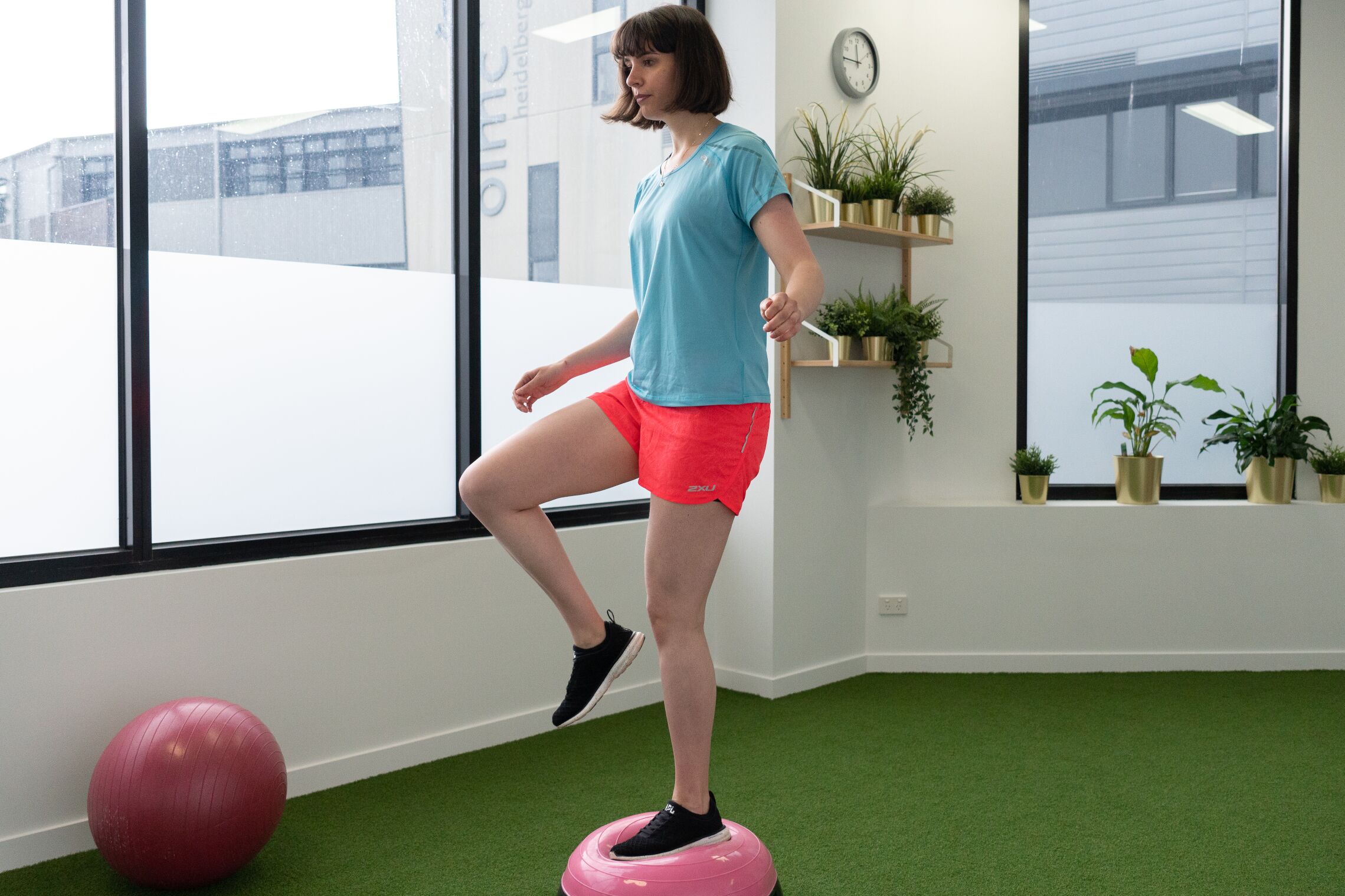
Misconceptions Around Spinal Braces
For those expecting spinal braces as part of spinal cord injury care, it’s important to note that spinal braces are not typically used in SCI rehabilitation.
While spinal braces can immobilise the spine, they do not influence nerve damage or improve function in SCI patients.
Instead, the focus is on maximising the patient’s abilities with other orthotic devices.
Spinal braces may be used if there is a spinal injury to the bony or ligamentous structures of the spine. Spinal braces can also be used for postural support post spinal cord injury however this is less common.
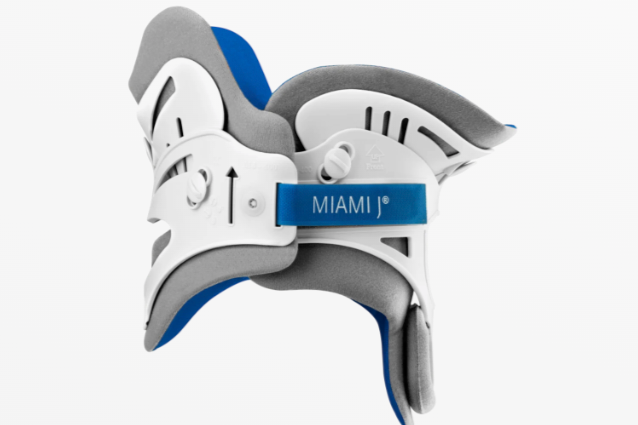
Advancements in SCI Rehabilitation
Technological advancements are playing an increasingly important role in spinal cord injury rehabilitation. Devices like the Mollii Suit, which helps manage spasticity, and the C-Brace, which aids patients with severe lower limb weakness, and Neuro Swing AFOs that allow more physiological walking patterns, are now more widely available. These orthoses allow patients to perform everyday tasks like standing, walking, and even navigating stairs.
Another emerging technology is Functional Electrical Stimulation (FES), which can help certain spinal cord injury patients regain some motor function by stimulating nerves that remain intact.
While the results are not always predictable for SCI, FES offers potential benefits to selected individuals.
Additionally, modern orthoses, such as Fior and Gentz’s Neuro Swing KAFOs, provide better gait patterns for patients with weakened lower limbs.
Robotics and Exoskeletons
Exoskeleton technology is another promising development in SCI rehabilitation.
While Orthotics Plus currently does not currently prescribe exoskeletons, we can refer patients to specialists who do.
These advanced devices are designed to assist patients in regaining movement and independence.


How Long is Recovery for Achilles Tendinopathy?
The specific recovery period can vary considerably depending on the severity of the condition, how chronic it is and the assessment findings from a Physiotherapist.
As it can be a chronic condition, the rehabilitation pathway is in some ways parallel to that.
Common Comorbidities
There is limited evidence to suggest that Achilles tendinopathy is a direct cause of Achilles ruptures but rather a weak tendon is more likely to rupture if progressively overloaded with no management.
A more common comorbidity is plantar fasciitis. Plantar fasciitis is caused or partly caused, from tightness in the plantar fascia and tightness in the calf or the Achilles tendon as well as excessive loading. As such, sometimes we see that patients have both Achilles tendinopathy and plantar fasciitis.

Managing Secondary Complications
Managing secondary complications, such as pressure sores, blood pressure and muscle spasticity, is considered by Orthotics Plus.
We endeavour to manage these issues preemptively by considering them in the design of each device.
For instance, positioning braces may be prescribed to reduce spasticity, compression garments can influence blood pressure, while careful attention is paid to the fit and function of orthoses to avoid pressure-related injuries. This tailored approach ensures that each patient’s needs are met as effectively as possible.
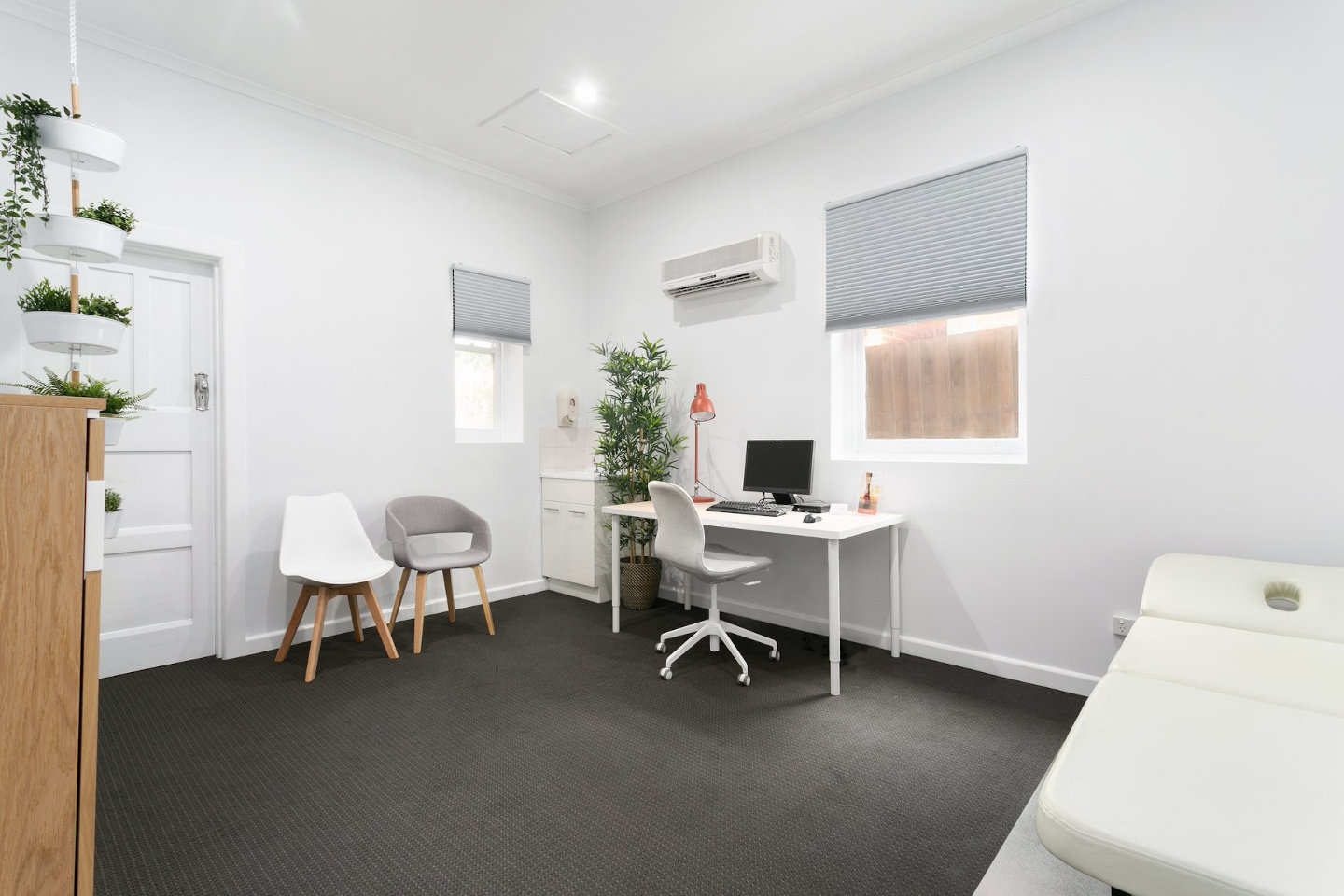
Orthotics Plus – We Are Here to Help!
Spinal cord injury rehabilitation requires a holistic and adaptive approach.
At Orthotics Plus, the team is dedicated to improving the quality of life for SCI patients through personalised care, innovative orthoses, and ongoing collaboration with families and healthcare professionals.
We have multiple locations throughout Melbourne and have been in operation since 2012 with some of our clinicians having over 30 years experience.
Please visit our clinic locations page to access the nearest clinic to you.
